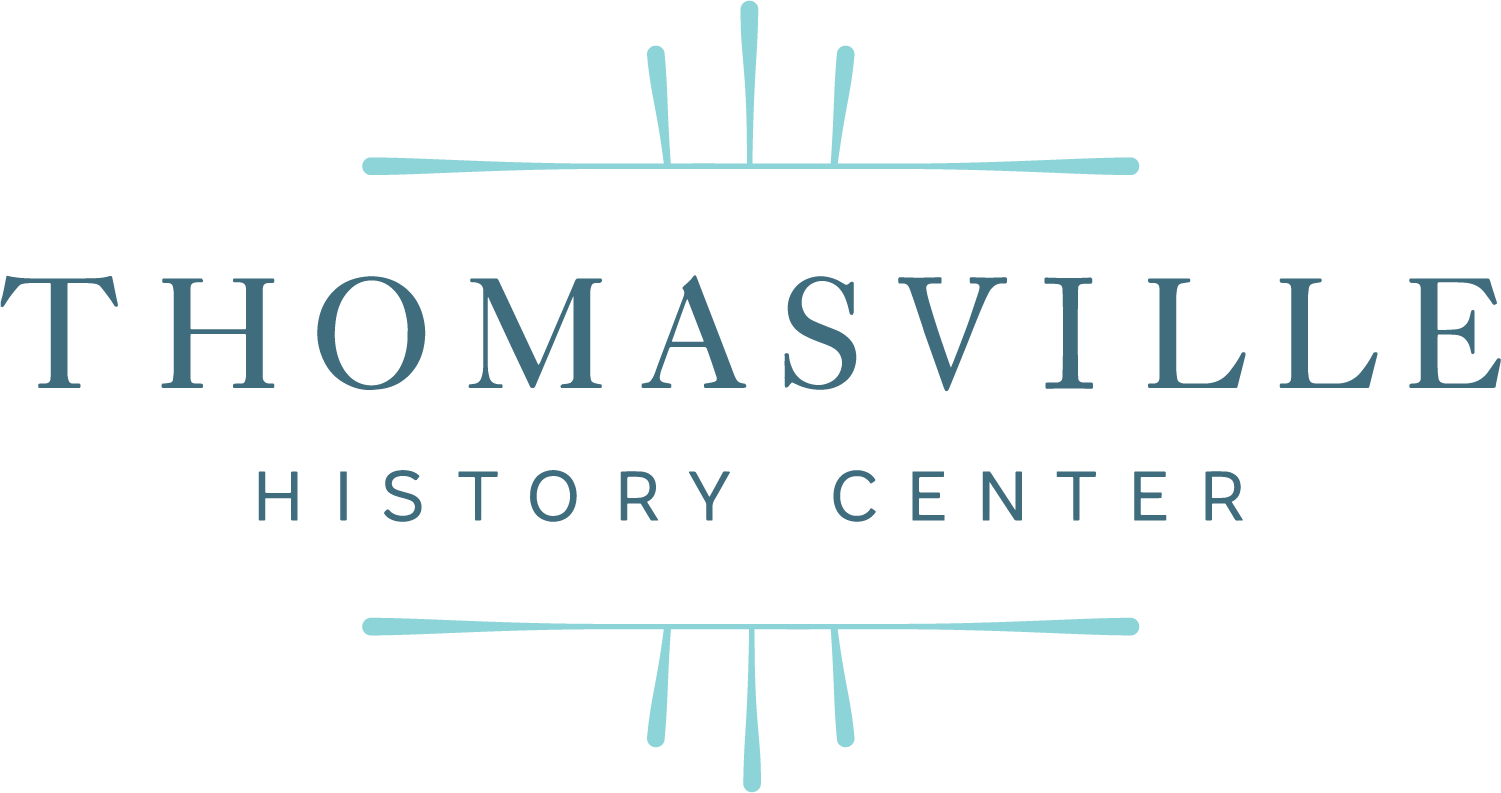Tenant Farming, Sharecropping, and Hunting Plantations
Thematic Question: How did most African Americans make a living in the aftermath of the Civil War?
Main Landmark: Tall Timbers Research Station (Jones Family Tenant Farm), Leon County, Florida and jack Hadley Black History Museum
Readings:
- Julia Brock, “A ‘Sporting Fraternity’: Northern Hunters and the Transformation of Southern Game Laws in the Red Hill Regions, 1880-1920,” and Robin Bauer Kilgo, “Life and Labor on the Southern Sporting Plantation: African American Tenants at Tall Timbers Plantations, 1920-1944” in Julia Brock and Daniel Vivian, editors, Leisure, Plantations, and the Making of a New South: The Sporting Plantations in the South Carolina Lowcountry and Red Hills Region, 1900-1940 (Lanham, MD: Rowman and Littlefield, 2015).
- Henry Ossian Flipper, The Colored Cadet at West Point (1878)
- Le’Trice Donaldson, Duty Beyond the Battlefield: African American Soldiers Fight for Racial Uplift, Citizenship, and Manhood, 1870-1920 (Carbondale: Southern Illinois Press, 2020).
- Documents related to sharecropping/tenant farming will be available on the workshop’s website (to be added by April 1).
- Kyvig, Nearby History, Chapter 9
- We draw on chapters from Julia Brock’s Leisure, Plantations, and the Making of a New South: The Sporting Plantations in the South Carolina Lowcountry and Red Hills Region, 1900-1940 and a series of primary source documents to place Tall Timbers and other hunting plantations into a wider context. We will continue the theme developed by Dr. Mixon regarding African military service with Henry Ossian Flipper, The Colored Cadet at West Point (1878) and Le’Trice Donaldson’s, Duty Beyond the Battlefield: African American Soldiers Fight for Racial Uplift, Citizenship, and Manhood, 1870-1920 (2020).
Morning
In the morning we will tour the Jones Family Tenant Farm at Tall Timbers, a forest research station, led by Kevin McGorty, director of the Land Conservancy. After the tour, Julia Brock will give an overview of the sharecropping and the tenant farming system that generally led to grinding poverty. Sharecropping and tenant farmers remained the norm for much of the South after the Civil War. She will discuss her work on the Red Hill hunting plantations that came to characterize the region by the late 1800s, and the impact they had on employment patterns and land use. As part of her presentation, there will be a discussion of how after Reconstruction, vagrancy laws and other legalized means were used to make most African American tenant farmers/sharecroppers subservient to white landowners and keep them perpetually in debt.
Afternoon
In the afternoon, we will take a tour of the Jack Hadley Black History Museum led by its founder Jack Hadley. Mr. Hadley, a veteran of the U.S. Air Force began collecting African American documents and artifacts in response to him wanting to learn more about his heritage while stationed in Germany. His son informed Sergeant Hadley that his high school history class offered little discussion of African American history. In retirement, Mr. Hadley dedicated his life to developing a collection that tells African American history. The museum contains an extensive collection of objects that not only trace the history of the African American community in Thomasville, but nationally and globally.
The museum is an ideal location for Le’Trice Donaldson to offer an overview of the life and times of Henry O. Flipper of Thomasville, who in 1877 was the first African American to graduate from West Point in 1877. After the Civil War, African Americans continued to serve in the U.S. Army albeit in segregated units. Flipper, despite being cashiered from the U. S. Army on fabricated charges in 1882, went on to a distinguished career in business, law, and engineering. Until his death in 1940, Flipper fought unsuccessfully to have his name cleared. The museum contains an exhibit documenting efforts begun in the 1980s that eventually succeeded in gaining Flipper a well-deserved presidential pardon. It also displays the retirement uniform of General Lloyd Austin, Thomasville West Point graduate, current Secretary of Defense, and a distant relative of Flipper.
Lastly, we will tour the Imperial Hotel site, a Green Book hotel that is currently under renovation by the Jack Hadley Black History Museum. Mr. Hadley will give an overview of the need for Green Book hotels for African American travelers since most whites refused to rent to African American travelers until the late 1960s. He will also discuss with attendees the plans for interpreting the Imperial Hotel’s history. Attendees will be encouraged to draw on relevant chapters of Nearby History that discuss what can be learned from physical structures, but also consider the question of why some historic sites are saved, while others are torn down or allowed to decay.
